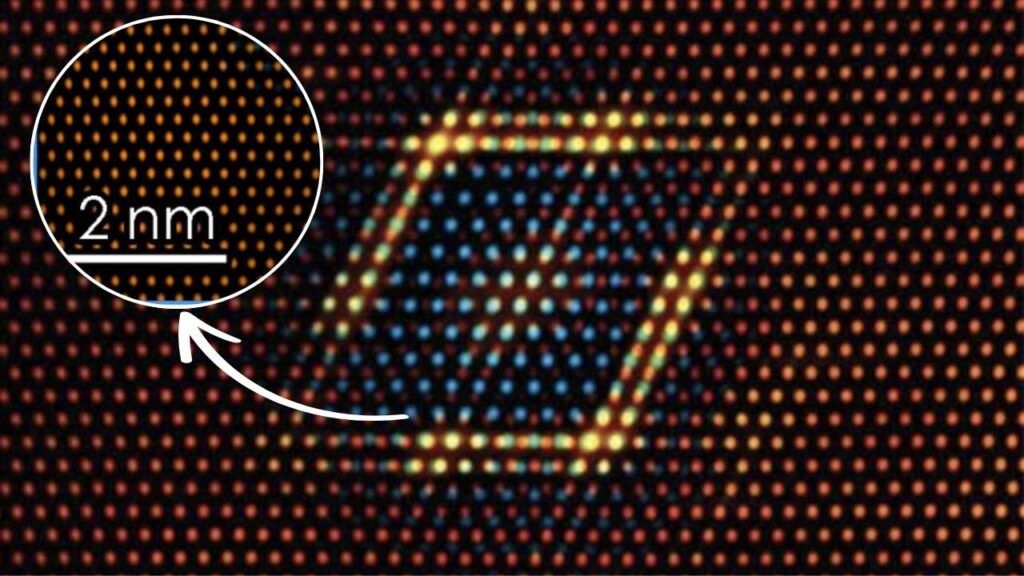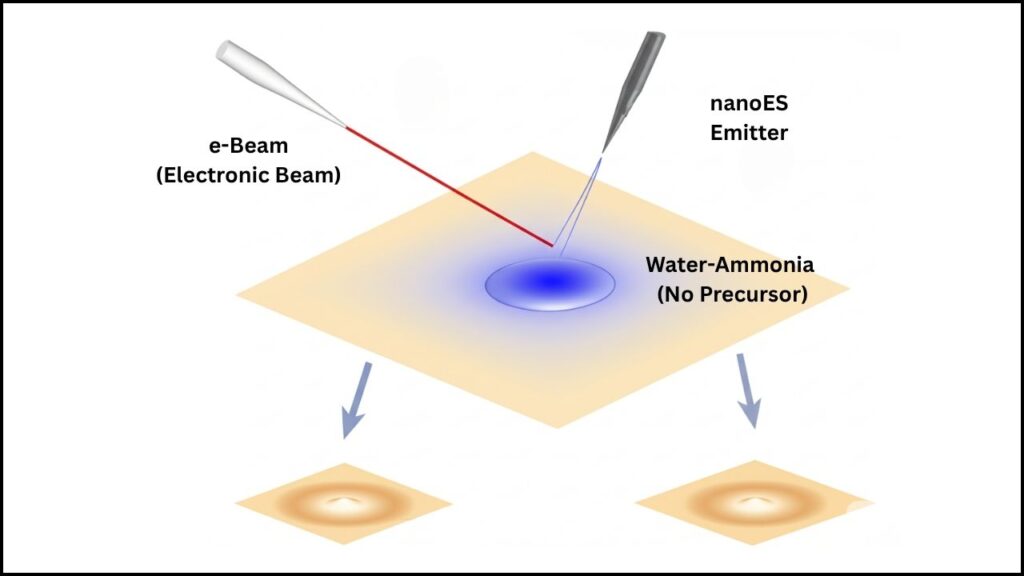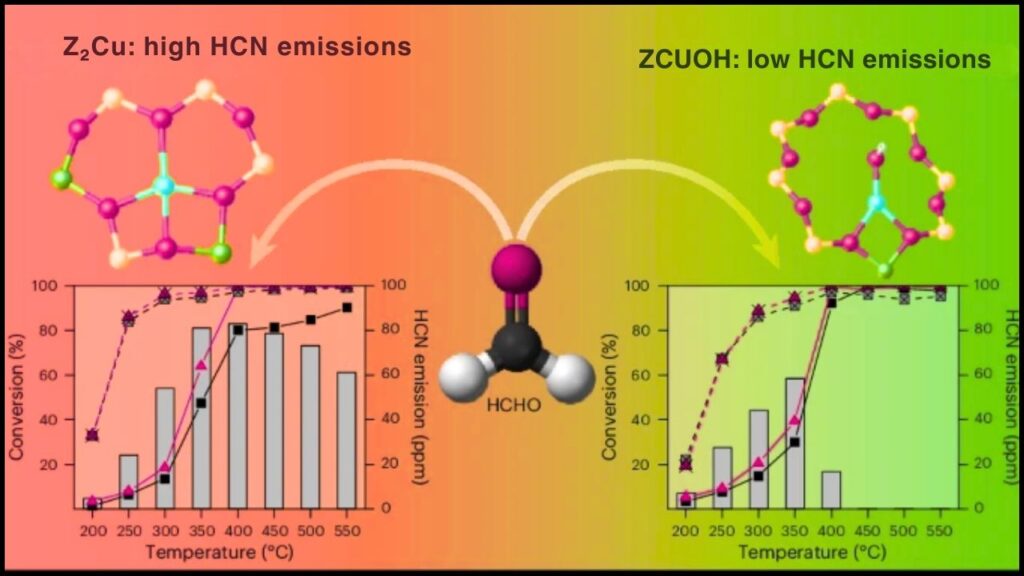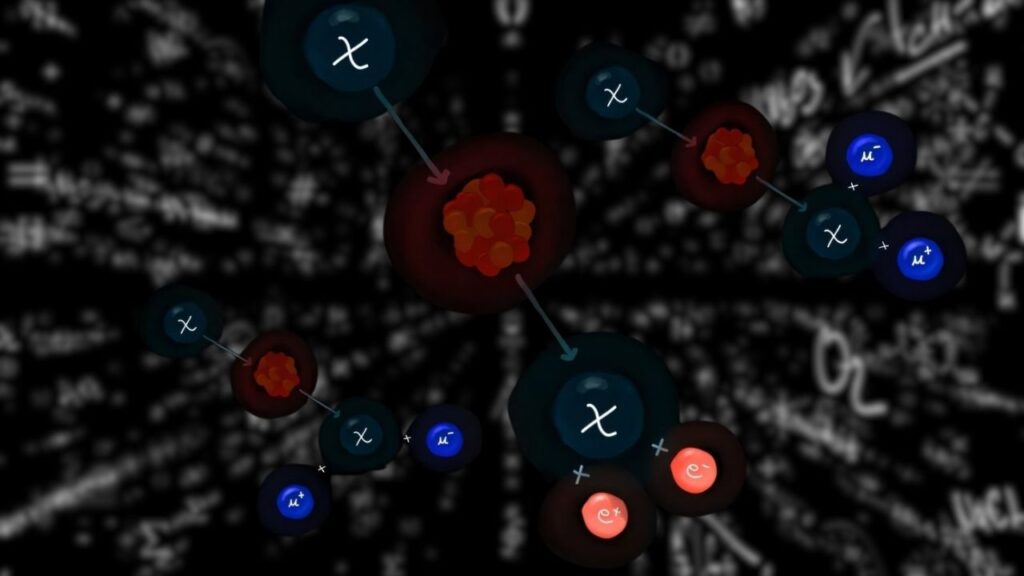Imagine a solar panel that doesn’t just rely on the sun but also works efficiently on rainy days by generating electricity from raindrops. This revolutionary hybrid solar panel technology is pioneering a new era for renewable energy. Developed by researchers at China’s Soochow University, it combines traditional solar power with an innovative way to harvest energy from rain, providing a continuous and reliable power source regardless of weather.
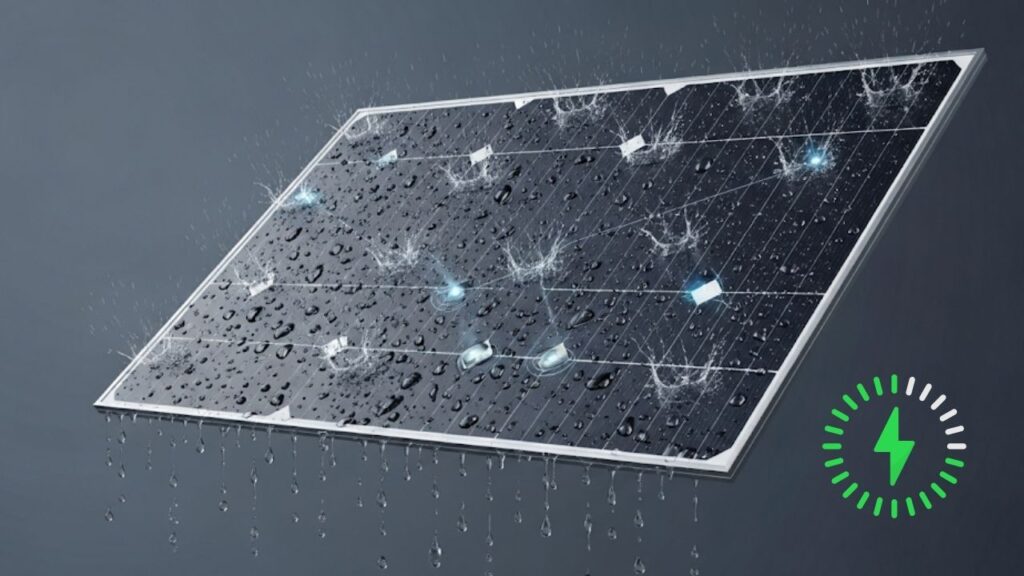
This breakthrough addresses a key limitation of conventional solar panels — their dependence on sunlight — ensuring energy production during cloudy, rainy, or even nighttime rainy conditions. Whether you’re a homeowner, a business owner, or an energy professional, understanding this technology opens new opportunities for sustainable power solutions.
Table of Contents
This New Panel Doesn’t Need Sunlight
| Feature | Details | Professional Insight |
|---|---|---|
| Technology Type | Hybrid solar panel combining photovoltaic and triboelectric nanogenerator (TENG) | Improves efficiency and reliability of solar power |
| Power Sources | Sunlight (photovoltaic effect) and raindrops (triboelectric effect) | Enables 24/7 operation in diverse weather |
| Materials Used | Polydimethylsiloxane (PDMS), conductive polymer PEDOT:PSS, graphene in some designs | Lightweight, transparent, and durable layers |
| Efficiency | Approximately 13% under sunlight, 5–6% from raindrops (prototype stage) | Early but promising performance |
| Commercial Availability | Expected within 3–5 years | Scaling challenges ahead |
| Additional Benefits | Waterproof layer, reduced light reflection, potential for wearable applications | Multi-functional design enhances practicality |
The hybrid solar panel that generates electricity from both sunlight and raindrops marks a significant advance in clean energy technology. By overcoming the traditional solar panels’ dependency on sunlight, it promises more reliable, continuous, and versatile renewable energy solutions. The smart use of polymers like PDMS and PEDOT:PSS, combined with the triboelectric effect, opens possibilities for new power generation even in rainy or cloudy conditions.
For homeowners, businesses, and professionals, this innovation offers a glimpse into a future where solar power is available rain or shine—helping build a sustainable, resilient energy system ready for diverse climates worldwide.
What Is a Hybrid Solar Panel That Works in Rain?
Traditional solar panels produce electricity by converting sunlight into energy through photovoltaic (PV) cells. They perform well on bright, sunny days but produce little to no electricity when skies are cloudy, it rains, or at night, limiting their reliability.
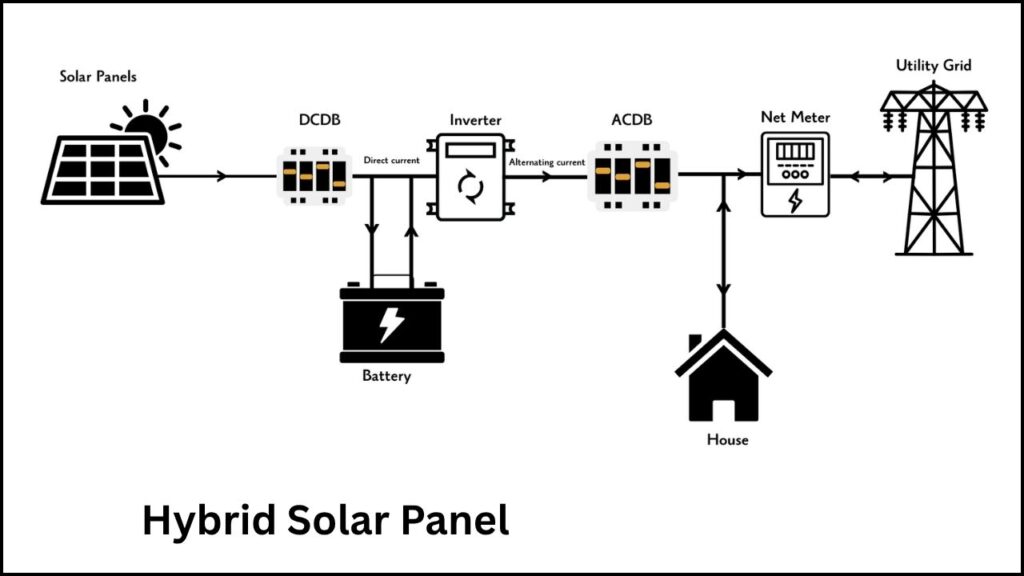
The new hybrid solar panel integrates a triboelectric nanogenerator (TENG) that captures kinetic energy from raindrops. Here’s how it works simply:
- Raindrops falling on the panel’s surface create friction between two special transparent polymer layers.
- This friction builds static electricity (similar to rubbing a balloon on your hair), which is converted into usable electric current.
- Meanwhile, the underlying solar cells continue normal sunlight energy conversion.
The top polymer layer is polydimethylsiloxane (PDMS), while the bottom layer is a conductive polymer called PEDOT:PSS. In some designs, a tiny graphene layer chemically interacts with ions in rainwater to create electricity chemically, further boosting energy generation in wet conditions.
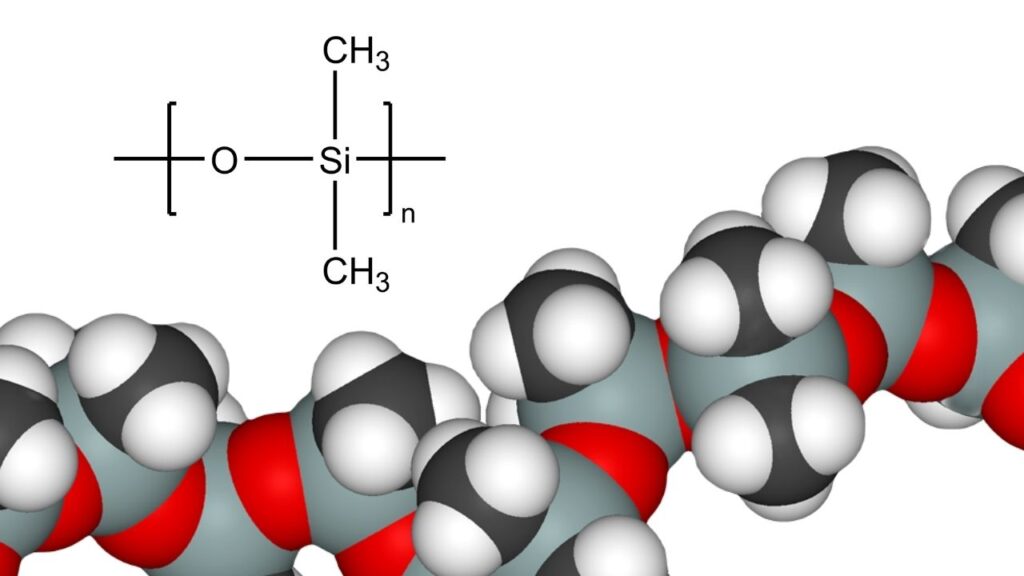
This smart combination ensures continuous power generation — sunlight powers the panel on clear days, and raindrops generate energy when it rains.
How Does This Technology Work? Step-by-Step Breakdown
To better understand the hybrid panel, let’s break down its functions:
1. Sunlight Energy Conversion (Photovoltaic Effect)
- Silicon-based solar cells inside the panel absorb sunlight.
- Photons in sunlight excite electrons in the cells, generating an electric current.
- The electricity produced can be used immediately or stored in batteries for later.
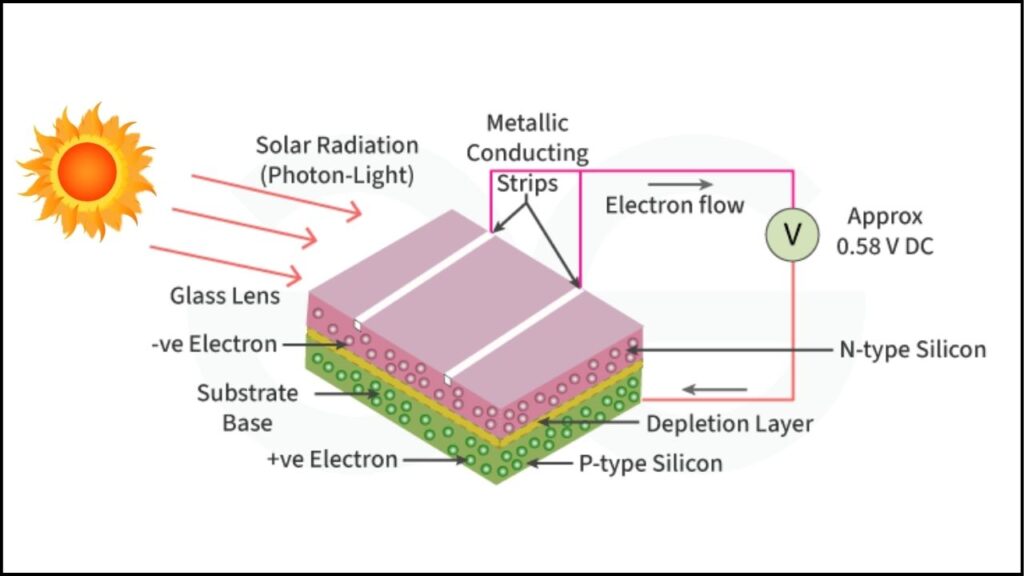
2. Rain Energy Conversion (Triboelectric Effect)
- The panel’s surface consists of two transparent, flexible polymers: PDMS on top and PEDOT:PSS underneath.
- When raindrops hit and roll across the panel, friction creates a static charge between these layers.
- This charge is collected and transformed into usable electrical power.
3. Integrated Design Features
- Both solar and triboelectric components share a common electrode, simplifying the system and increasing efficiency.
- The electrode’s textured surface reduces light reflection, improving sunlight absorption.
- The triboelectric layer also acts as a waterproof barrier, protecting sensitive solar cells beneath from moisture damage.
Together, these features allow the panel to generate electricity reliably, whether it’s sunny or raining.
Practical Advice: Why Should Homeowners and Businesses Care?
If you’re investing in renewable energy, this hybrid technology offers several advantages:
- Improved Reliability: In areas with frequent rain or cloud cover, traditional solar can be inconsistent. Hybrid panels smooth out these fluctuations.
- Increased Energy Output: Capturing energy from raindrops supplements power during low sunlight, increasing overall efficiency.
- Long-term Savings: Although production costs are currently higher, combining two energy sources can improve return on investment over time.
- Future-Proofing: As technology matures and prices fall, installing hybrid panels may become the gold standard for renewable energy systems.
- Innovation Opportunities: For energy sector professionals, hybrid panels represent a growing field for new product development and grid resilience.
While commercial options may take another few years to become widely available, monitoring this technology will make you well-prepared for the near future.
Supporting Data and Facts
- Efficiency: Prototype hybrid panels have demonstrated around 13% conversion of sunlight into electricity and an additional 5–6% from raindrop energy.
- 24/7 Power Generation: Unlike regular solar panels that mostly stop at night or in rain, these panels can continually generate electricity when raining, day or night.
- Durability: The triboelectric layer serves as a water-resistant shield protecting the solar cells, potentially increasing lifespan.
- Environmental Impact: This technology increases usable clean energy hours, cutting down dependence on fossil fuels.
- Production Benefits: Sharing a mutual electrode reduces complexity and cost of manufacturing.
Future Applications and Innovations
Researchers are expanding this concept beyond rooftop panels:
- Wearable Fabrics: By weaving the hybrid nanogenerator fibers into textiles, clothing could one day generate electricity from rain and sunlight.
- Integration with Wind Power: Some concepts include hybrid panels that also harness wind energy, allowing power generation from multiple environmental sources.
- Smart Energy Grids: Hybrid panels with IoT connectivity could dynamically support grid stability by compensating fluctuating solar outputs with rain energy.
Lithium Universe Secures Global Rights for Microwave-Assisted Solar Panel Recycling Technology
Innovative Composite Material Helps Solar Panels Stay Cooler and Work More Efficiently
MIT Researchers Develop Transparent Solar Panels for Windows and Mobile Devices
FAQs About This New Panel Doesn’t Need Sunlight
Q1: When will hybrid solar panels be commercially available?
Experts expect commercial availability within the next 3 to 5 years, as research teams optimize materials and streamline manufacturing.
Q2: Can these panels produce electricity at night?
They can generate power at night only if it’s raining, as the triboelectric effect depends on raindrop motion. No rain and no sunlight means no current.
Q3: Are hybrid solar panels more expensive than traditional ones?
Currently, yes. Manufacturing involves more advanced materials and multilayer designs. However, efficiencies and cost reductions are expected as the technology matures.
Q4: How durable are these panels in extreme weather?
The triboelectric layer acts as a waterproof barrier, shielding solar cells from moisture. Further testing is ongoing to ensure long-term durability under harsh conditions.
Q5: Can hybrid panels be added to existing solar systems?
Due to their unique layered structure and electrode design, hybrid panels generally require new installations, but future modular integration options are being explored.
